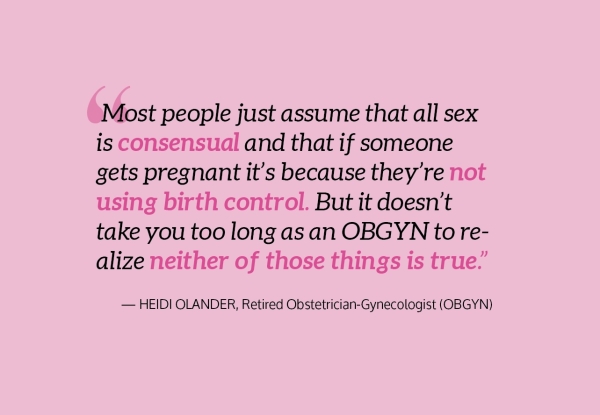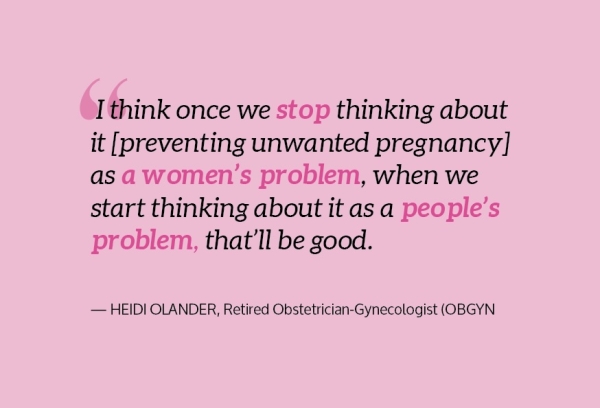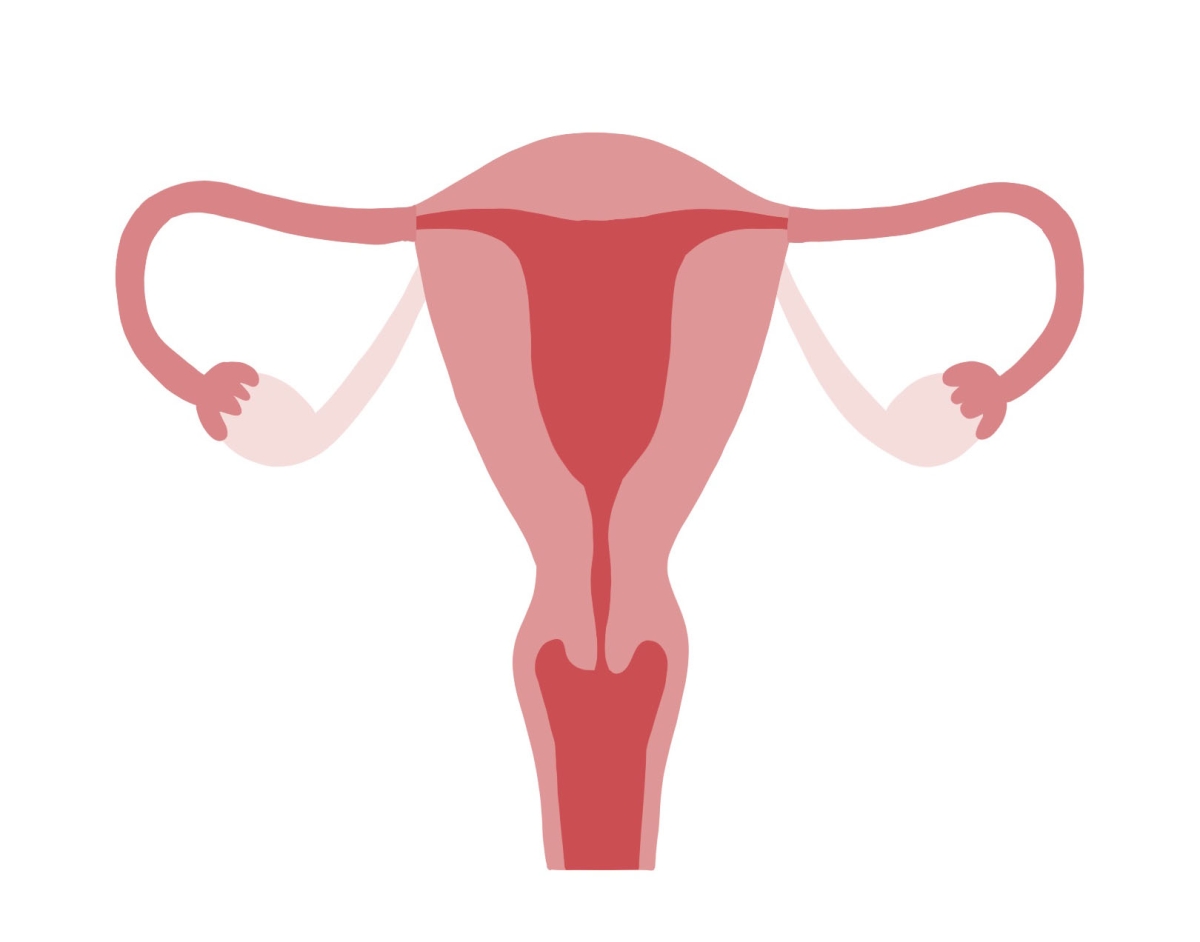One in four women in the United States are expected to have an abortion in their lifetime, according to the Guttmacher Institute, a leading research and policy organization aiming to expand reproductive rights and improve sexual health.
However, this personal and often medically necessary decision has become increasingly politicized after Roe v. Wade was overturned by the U.S. Supreme Court in 2022. Following this reversal, the constitutional right to abortion was revoked, banning abortion in several states.
The decision to reverse Roe v. Wade was passed under Supreme Court judges who were appointed by current president-elect Donald Trump. After the 2024 presidential election results, many women are left concerned about the future of their reproductive rights during the next four years of Trump’s presidency.
According to retired Obstetrician-Gynecologist (OBGYN) Heidi Olander, who worked at Kaiser Permanente for 33 years, the potential for stricter national abortion laws under Trump’s administration is more real than ever.
“We don’t know how long he [Trump] is going to be around and … he may not have the focus level to care about the stuff,” Olander said. “But his vice president, JD Vance, has been pretty vocal about wanting to have a national abortion ban. Even though it didn’t happen in his first term, I’m more worried that it could happen in this term.”
“Project 2025,” a conservative policy blueprint, is also contributing to fears of what could potentially happen in the future. According to Guttmacher, the project has goals that include defunding organizations that provide reproductive care, denying abortion in emergency situations, implementing laws that ban traveling to receive an abortion and reinstating laws to prevent abortion counseling.
“Even though Trump tried to distance himself from “Project 2025,” it seems very clear that it was written by people who worked for him who probably are going to work for him again,” Olander said. “So I feel like that’s what we have to use as our model for what might be coming.”
Olander said that “Project 2025” aims to limit abortions in any possible way.

“One is to work through the FDA to make … Mifepristone … unavailable and that’s the most efficient abortifacient drug,” Olander said.
Since two-thirds of abortions in the U.S. are medication-based, banning Mifepristone would significantly restrict reproductive freedoms.
In terms of abortion rights in California, Doherty said that surgical abortion will remain available and protected. However, these reproductive freedoms aren’t the same for women in other states.
“It’s almost like there’s a geographic divide between who gets health care and that to me is really sad and tragic,” Doherty said.
Additionally, Olander said that access to open reproductive care from health professionals may be restricted in the future.
“They’ll also go back to some of the laws that make it illegal for clinics that get money from the federal government to even mention abortion as an option,” Olander said. “If I were counseling a woman in an office that received federal dollars, which most do, … by law … I wouldn’t be able to talk to her about abortion as an option.”
“Project 2025” would also limit access to contraception. Olander said that she does not understand why, as scientific studies prove how contraception decreases unwanted pregnancies and the rate of abortions.
“One of the plans that they [“Project 2025” authors] have is to make that [contraception] employer dependent,” Olander said. “In spite of the science, a number of companies who are anti-abortion protested having to pay for IUDs for their employees, and under “Project 2025,” they may have the right to limit what kind of contraception that their employees could get from their health insurance.”
Doherty said she believes that this issue is not just around reproductive freedom, but also the messages sent to young men.
“I don’t think that men can ever truly understand the responsibility that all women feel in terms of their sexuality,” Doherty said. “It goes anywhere from having to protect themselves in terms of contraception … to having to protect ourselves on the street from sexual assault or in the dating world.

After Roe V. Wade was overturned, the maternal mortality rate rose 11% nationally, according to the research nonprofit Gender Equity Policy Institute. The impacts of “Project 2025” on access to professional reproductive healthcare particularly concern Olander, who has personally faced terrifying experiences working with healthcare professionals with differing views on abortion.
“Twice in my career, I’ve had a woman who was losing a pregnancy,” Olander said. “Both times, I needed to take them to the operating room and do … a removal of the pregnancy to save someone’s life. There was an anesthesiologist in our practice who was a very staunch Catholic, anti-abortion doctor, and he refused to provide anesthesia while there was still a heartbeat.”
Olander emphasizes the need for society to stop believing that pregnancy is just a woman’s problem and to realize that it is a people’s problem.
“I feel like having children is the most consequential thing that’ll almost ever happen to a woman,” Olander said. “I don’t think anybody can choose that other than her.”




